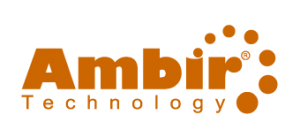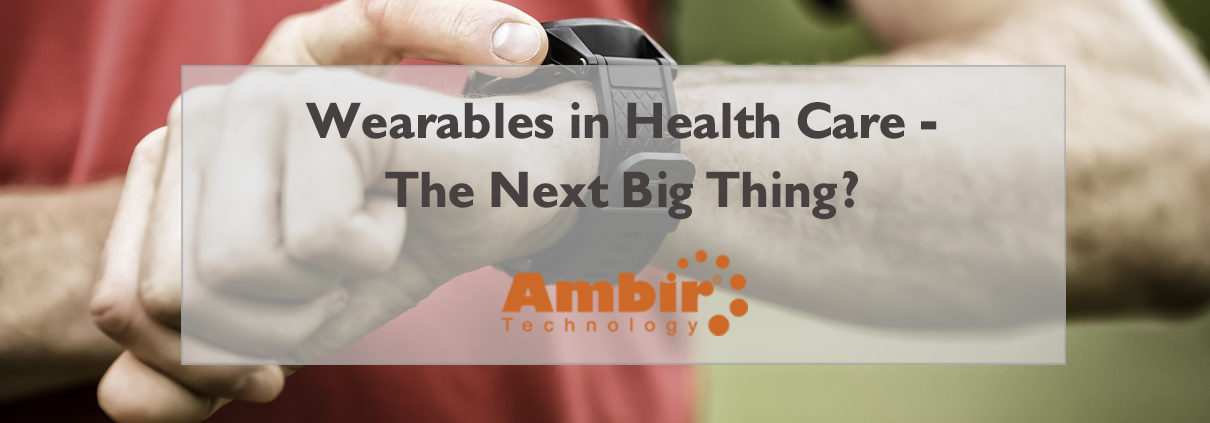Wearables in Health Care – The Next Big Thing?
The age of wearable health tech has arrived. What was once a novelty or a fun fashion statement has now become a legitimate tool that can monitor health conditions, improve outcomes and even save lives. Not surprisingly, the wearable tech market is booming – growing 27.5% in 2018, more than double the 10.3% growth achieved in 2017. The global market for wearable medical and healthcare devices is expected to reach a staggering $27.5 billion US by 2026.
Wearable gadgets have moved far beyond the first generation of step counters and fitness trackers. Skin sensors can now monitor a variety of factors from temperature and heart rate to glucose levels and neuromuscular function. High tech glasses are restoring sight to the visually impaired; earbuds can measure your vital signs and track the quality of your sleep. Wearable tech is creating a wealth of new opportunities – and a few potential pitfalls – in the medical industry.
Why Patients Love Them
Gamification tools have made health tracking fun. Users enjoy not only the convenience of tracking calories, steps, heart rate, sleep quality and more at the touch of the button, but have embraced collecting badges, competing in challenges against their friends and earning rewards.
More fun equals more compliance. Consistent use of healthcare devices can lead to better management of chronic conditions like diabetes, improved outcomes for users trying to increase fitness and lose weight, and even life-saving interventions. The EKG feature launched in 2018 on Apple’s smart watch has been credited with identifying potentially fatal cardiac arrhythmias, resulting in early intervention and improved outcomes.
Why Healthcare Providers Love Them
Medical professionals are embracing wearable health tech both for patient use at home and in clinical settings. Wearable sensors can provide minute-by-minute monitoring around the clock, sending alerts via smartphone to a nurse or doctor should a patient’s condition change. Patients can be discharged from hospital earlier to recover at home, reducing costs and improving outcomes.
Data generated by wearable devices can paint a more accurate picture of patient behavior, and provide a wealth of information that can be seamlessly integrated into a patient’s EHR. Changes over time can be tracked digitally and areas of concern identified more easily.
That same data is a goldmine for healthcare researchers and those developing the next generation of drugs, therapies and medical tools and devices. Wearables are changing the clinical trial landscape, allowing researchers to monitor participants virtually and in real time, gathering unprecedented amounts of information.
A Word of Caution
Despite the growing popularity and proven usefulness of health wearables, there is cause for concern. As companies and individuals look to capitalize on the healthtech boom, the security and privacy of your personal health information may be at risk. Data privacy, consent, and concerns about the selling of personal data to third parties are all issues the industry must tackle head on and address, before the full potential of wearable health devices can be realized.







Leave a Reply
Want to join the discussion?Feel free to contribute!